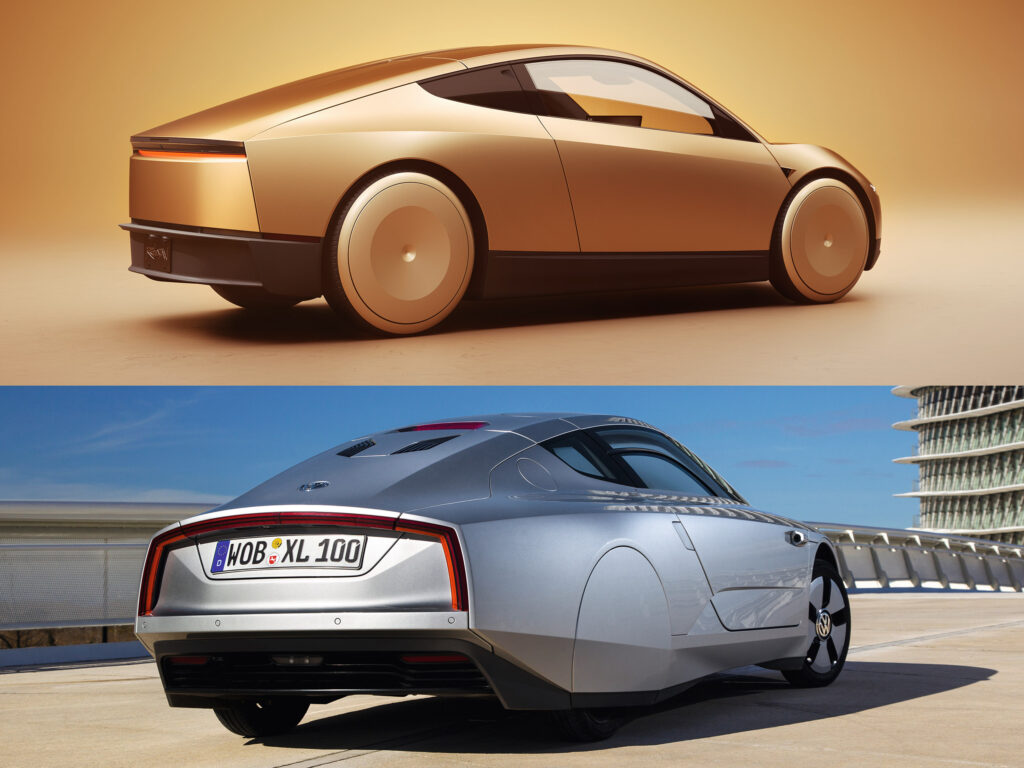Tesla’s Design Boss Shows Us How The Cybercab Will “Revolutionize” Transportation
- A sleek design and teardrop shape will boost the EV’s efficiency.
- Tesla design boss Franz von Holzhausen says ditching a rear window has allowed it to maximize storage space.
- Comfortable seats that lack normal side bolstering underline Tesla’s prioritization of the car’s self-driving abilities.
Tesla has big plans for the Cybercab, its all-electric, fully autonomous robotaxi that it plans to start building before 2027. Not only does it expect them to be ferrying around passengers across the United States before the end of the decade, but Elon Musk foresees a world where people could own multiple Cybercabs and manage a fleet of them.
At the car’s unveiled two months ago, one element that really captured the world’s attention was its bold design. Not only is it unlike any other Tesla to come before it, but it’s different from most other four-wheeled vehicles. Of course, that’s if you disregard the VW XL1 from 2013, but that’s another story. To provide us with a glimpse into the design of the Cybercab, Tesla design boss Franz von Holzhausen recently spoke with the Petersen Automotive Museum, where one of the EVs is on display.
Read: Tesla Cybercab Is A $30,000 Robotaxi Without A Steering Wheel Or Pedals
The discussions start at the rear of the car. Just like the Polestar 4, the Cybercab lacks a rear window. Von Holzhausen says that in a self-driving vehicle designed to ferry passengers from A to B, there’s really no need for occupants to see what’s going on behind them. By ditching a rear window, Tesla has also been able to make the storage compartment as large as possible.
For the first time in a Tesla, the Cybercab uses dihedral doors which are usually reserved for high-priced supercars. These doors make it feel like “you’re stepping into the future,” according to Von Holzhausen. The wheels feature solid aero discs aimed to maximizing efficiency. Tesla has also painted strips around the tires in the same shade as discs, making it seem like the wheels are bigger than they really are.
The EV’s interior is even more minimalist than other Tesla models. Dominating the cabin is a large central screen that’ll keep passengers entertained, and there are a pair of seats that look more reminiscent of lounge chairs than traditional car seats.
Whether or not the Cybercab will be a success remains to be seen. It’ll have to sell well, and for regulations concerning self-driving vehicles with no conventional controls like a steering wheel and pedals, which currently limit their permits to 2,500 per year, to change radically. If reports about incoming President Donald Trump’s intentions turn out to be accurate, this may actually happen sooner rather than later, as his transition team has allegedly said that crafting a federal framework for self-driving cars (and likely removing existing restrictions) is a “top priority”.







